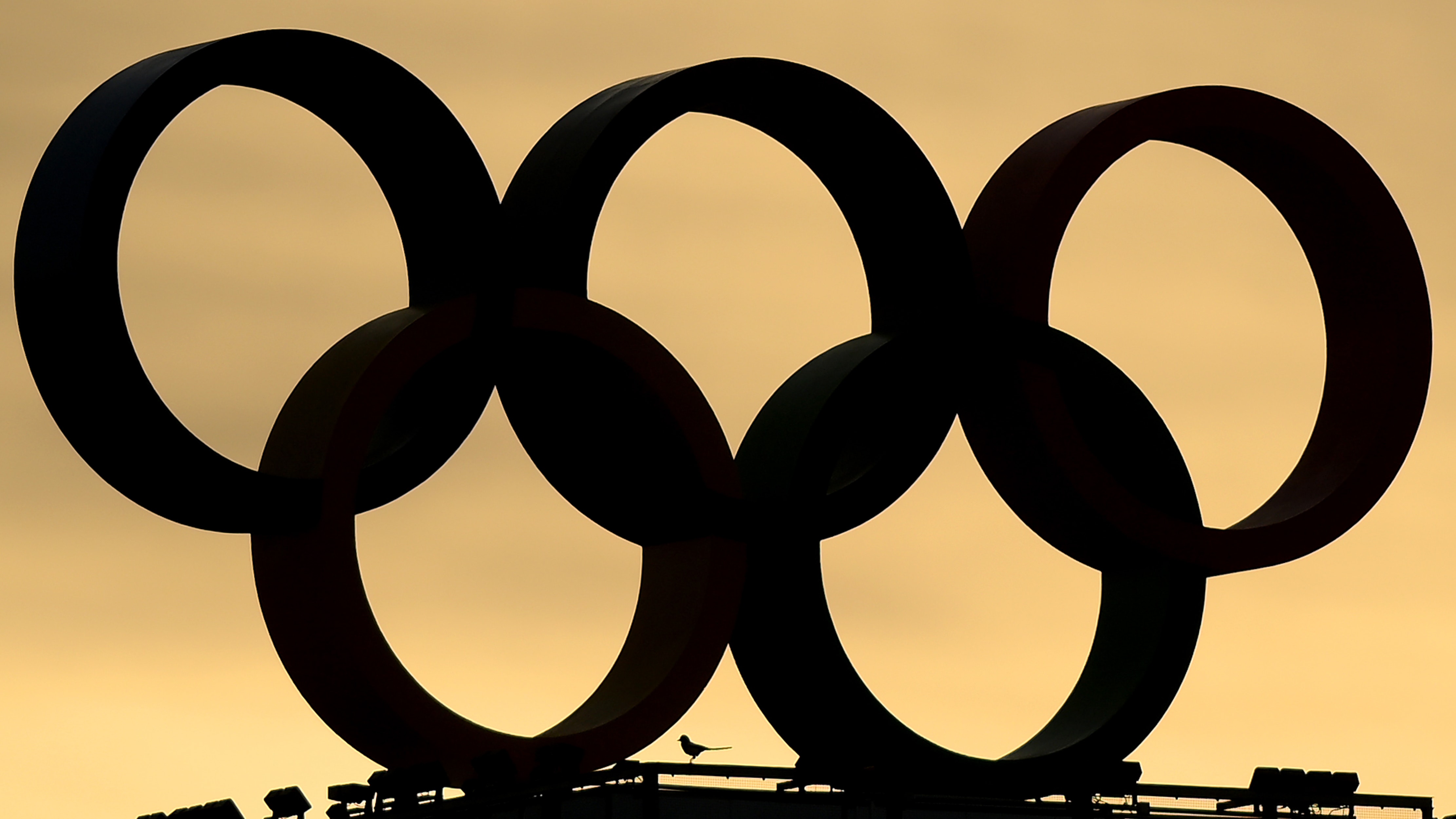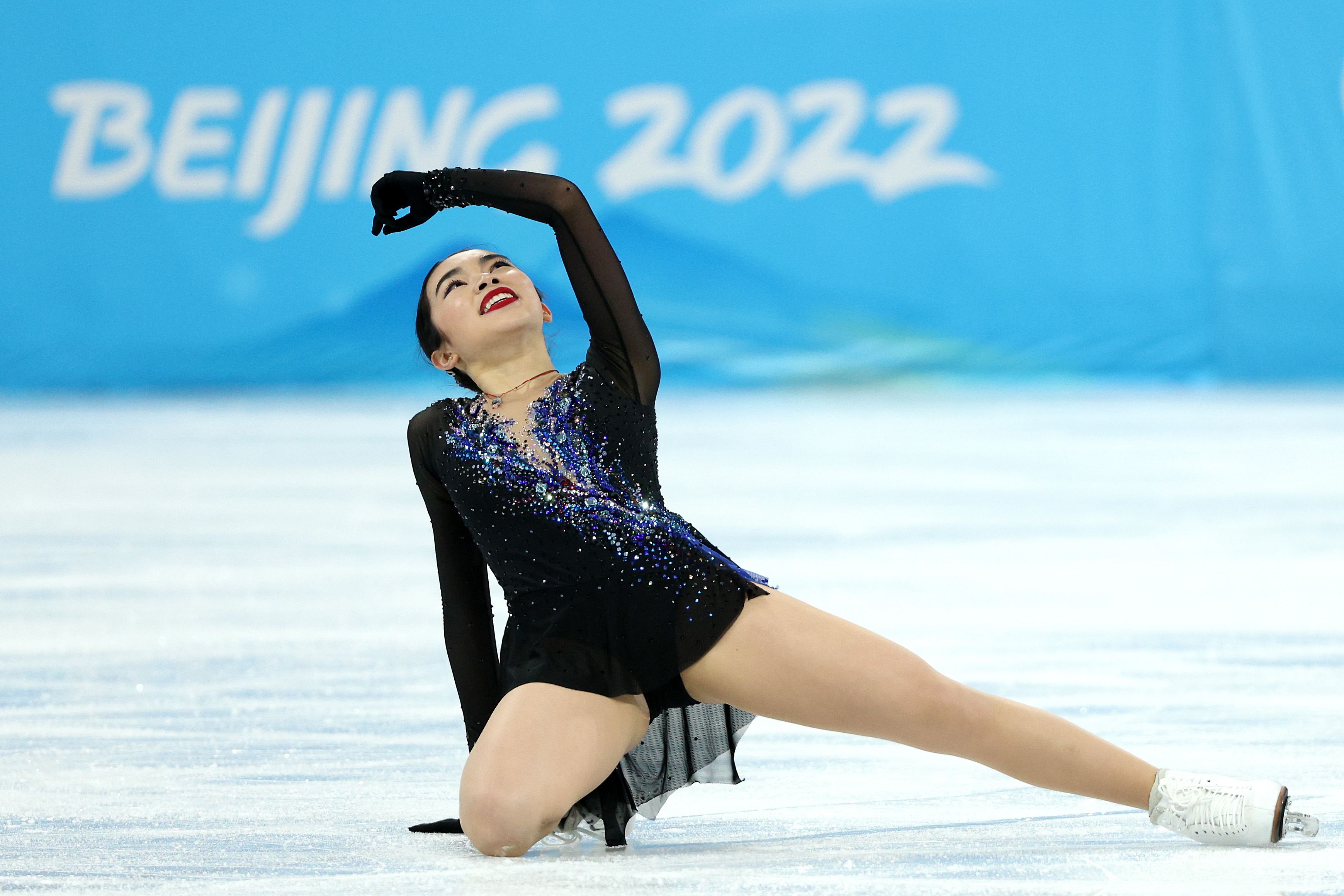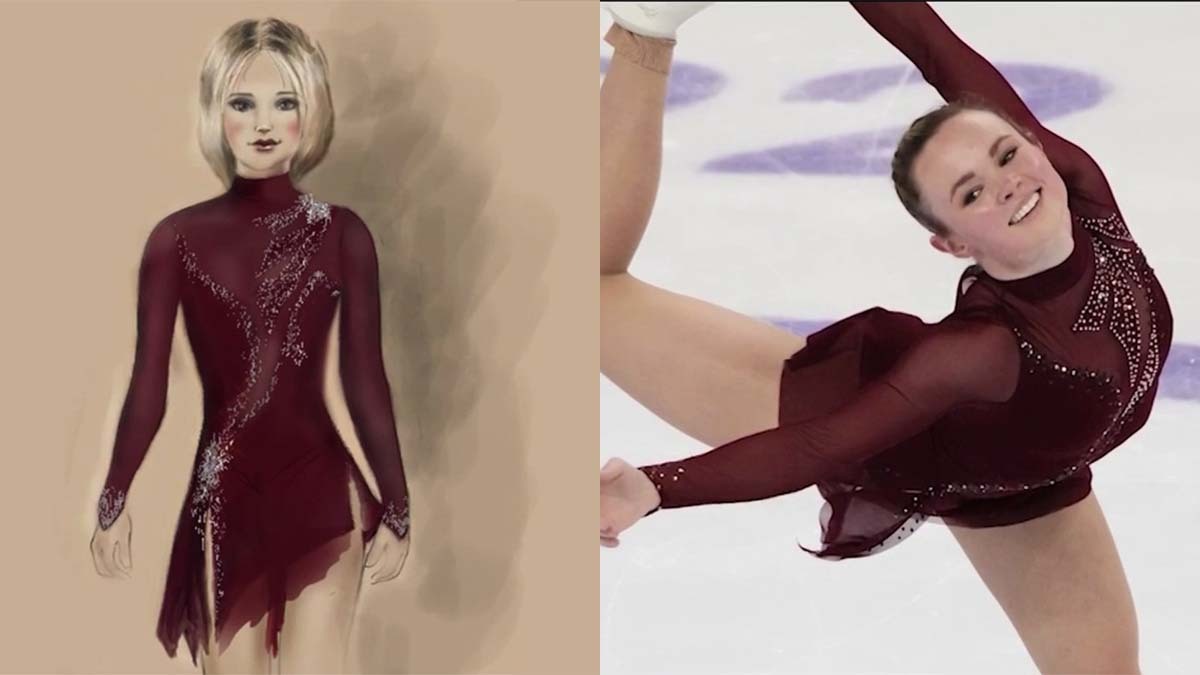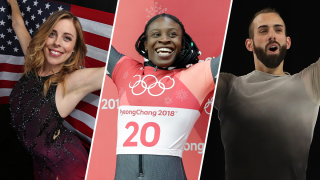
For the first time, women's skating events at the 2022 Olympic Games referred to the participants as just that, rather than "ladies," a term many consider long outdated.
According to an announcement made in June by the International Skating Union, this year’s Winter Olympics is the first to refer to figure skaters as “women” rather than “ladies”— a subtle yet significant change that alters the way that figure skaters have qualified and performed for years.
This comes after a 2018 IOC gender equity review, recommending the use of equivalent terminology when referring to men’s and women’s events regarding international sport federations.
“The equivalent of ‘ladies’ would be ‘gentlemen,’ and the ‘men’s’ event has been the ‘men’s’ event for as long as I know,” Ashley Wagner, a 2014 Olympic bronze medalist and correspondent for Peacock’s “Olympic Ice Show” told NBC Sports. “Bringing in that element of gender equality – no matter how small and superfluous… It’s a big moment.”
Get Tri-state area news and weather forecasts to your inbox. Sign up for NBC New York newsletters.
The Winter Olympics have historically placed rigorous guidelines when it comes to gender, costumes, and even behavior. However, this year’s Olympics comes with many firsts in expanding inclusivity, despite some controversial rules that yet remain.
Here’s a look at how the Winter Games have historically initiated such restrictions and led to change today.
Figure Skating Costumes
Figure skating costumes have always been an exciting aspect of the Winter Olympics. The feathers, beads and other decorative elements are fun to look out for, aside from the performances themselves. And while rules in regards to such costumes are fairly subjective, that hasn’t always been the case.
In 1988, the ISU put in place the “Katarina Rule,” named after East German skater Katarina Witt, who made news after wearing a costume that mistakenly exposed her butt cheek while performing. The rule dictated that women wear a skirt that covered their hips, butt and midriffs after Witt performed with a blue costume that was adorned at the waist.
That same year, the ISU placed a temporary ban on costumes without a skirt after a U.S. skater named Debi Thomas wore a black beaded unitard that lacked one. However, both of these bans were lifted in 2003. One of the main rules that ISU currently requires related to costumes are that the decorations be non-detachable.
Gender Roles
When it comes to the Olympics, gender roles play a strong role in the qualifications in sporting events. Yet, this year’s Olympic Games happens to be the most gender-balanced to date as female athletes make up 45 percent of the roster. However, this doesn’t undo some of the gender-related issues that have come up in the past.
Some of the notable controversies in relation to such issues include 2008 when Lindsey Van and Jessica Jerome, as well as 15 other female ski jumpers, sued the 2010 Vancouver Organizing Committee for gender discrimination over the exclusion of women’s ski jumping being included on the Olympic Program, while men’s ski jumping had been on the roster since 1924, the first Winter Games. In this year’s Winter Games, women’s ski jumpers failed to qualify.
Although figure skating was initially dominated by men, it wasn’t until 1936 that women were allowed to compete in other sports besides figure skating, starting with alpine skiing. After this, women made their debut in the downhill and slalom in 1948, among other sports in the years to come.
This year, monobob has been introduced as a new bobsledding event, involving only female competitors.
LGBTQ Olympians
A total record number of 34 out LGBTQ+ athletes are competing in the 2022 Winter Olympics. An amount that has doubled from 2018, in which 15 out athletes competed.
This comes after IOC released a framework in November addressing equity guidelines regarding gender identity and sex variations. The framework that was developed after two years of consultations with over 250 athletes and “other stakeholders” mentions rules around prevention of harm, non-discrimination, right to privacy and no presumption of advantage.
However, prior to this, the Winter Olympics faced major backlash in the past for its exclusion of LGBTQ+ athletes. One instance was during the 2014 Games held in Russia when a coalition of activists protested and campaigned on the rights of LGBTQ+ people. Such protests began in March 2012 when a Russian judge blocked the establishment of a Pride House in Sochi, ruling that "propaganda of non-traditional sexual relationships" would "undermine the security of Russian society", and that it conflicted with public morality and the country's policies "in the area of family motherhood and childhood protection." However, protests grew and mainly centered on the signing of a law by Russian President Vladimir Putin, which banned the distribution of "propaganda of non-traditional sexual relationships" among minors.
Many classified this law as a ban on “gay propaganda.” By September 2014, IOC issued an anti-discrimination clause to its host city contract.
The clause reads: “Any form of discrimination with regard to a country or a person on grounds of race, religion, politics, gender or otherwise is incompatible with belonging to the Olympic movement.”
Black Representation (Or Lack Thereof)
The year’s Winter Olympics will have its first Haitian Olympian, Richard Viano, for its alpine skiing competition — one of the many firsts for Black representation in the Winter Olympics to date. However, out of the nearly 3,000 athletes competing this year, only 12 of them are Black.
In an interview with NBC’s “The Podium,” Andre Horton, the first Black alpine skier in Team USA history, spoke about the economic and geographical inaccessibility as the main barrier for more inclusivity in sports. For example, according to the National Ski Areas Association, about 88 percent of visitors to ski areas in the U.S. during the 2019 - 2020 season, were white, while less than 2 percent were Black.
“The Winter sports in the United States, for instance, has not really done a lot of work to supplement or offset the economic disadvantages of trying to get to the sport,” Horton said in “The Podium.” “I think the last time I checked it was $80-90 for the day and that doesn’t even matter if you’re a junior or if you’re a kid.”
IOC has also rejected a request from the coaches of Ghanian skeleton racer Akwasi Frimpong and female Nigerian skeleton racer Simidele Adeagbo to reinstate bobsleigh and skeleton continental quotas for this year’s Winter Olympics amid concerns of a lack of African racers. Such continental quotas allow athletes from unrepresented countries to qualify, provided they meet basic safety and participation requirements.
"Currently, the Olympic sliding sports will be without any African representation after immensely popular participation in the 2018 Games in PyeongChang,” bobsled coaches Brian McDonald and Zach Lund wrote in a letter to the IOC in December. "We should not allow Olympic sport to take a step backward in terms of the inclusion of African nations successfully competing in the Winter Olympic Games."
The continental quota also helped Frimpong and Adeagbo in 2018 at Pyeongchang as they became the first athletes from Africa to compete as skeleton racers at the Winter Olympics.
Allegations of racism involving the Winter Olympics are also evident as bobsledder Elana Meyers Taylor, a three-time Olympian three-time Olympian with three medals, has spoken about in previous interviews.
It may be safe to say that more Black representation — and initiatives to maintain such efforts — continues to lack in the Winter Olympics so there is yet more work to be done.

